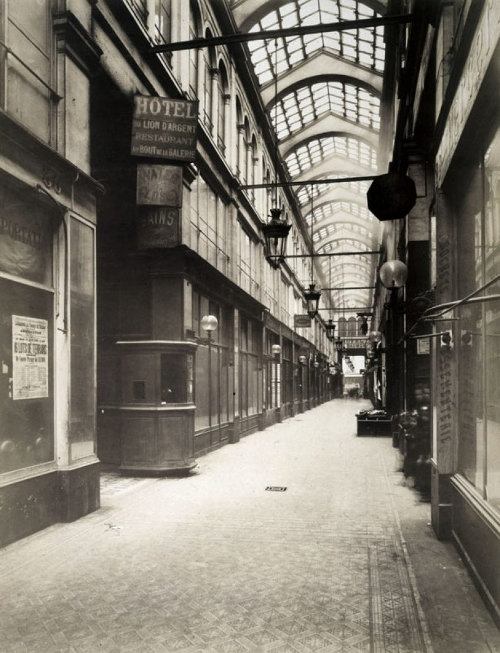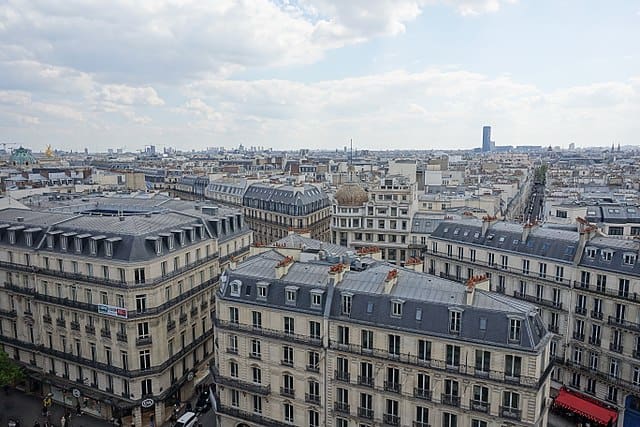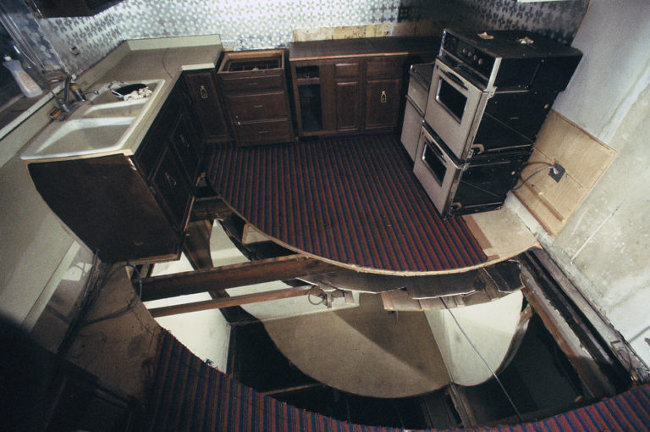A previous post discussed the use of recently outmoded technology to critique technology.
This post and the next delve more into theories that might support such a practice.
In thinking about "contradictions in the computer aesthetic" back in the 2000s, I wasn't aware of Marc Augé's writing [1] (cited by Pierre-Luc Verville in his essay on my artwork). I came to Augé's idea of the "aesthetic of the shift" (more about that in a later post) by way of artist Dan Graham, whose essay in a Dia Foundation symposium, "Legacies of Critical Practice in the 1980s," made a strong impression:
I believe now that the task of the artist is in part to resuscitate the just-past -- that period in time made amnesiac by commodity culture -- and to apply it as an "anti-aphrodisiac" (Walter Benjamin's phrase). The Rolling Stones song "Yesterday's Papers" -- "Who wants yesterday's papers? Who wants yesterday's girl? No one in the world" -- makes this anti-aphrodisiac aspect of the just-past clear. [2]
Like Augé, Graham wasn't talking about computers per se. He gave two examples. One was Walter Benjamin's Paris Arcades research. The arcades were glass-covered walkways that turned city streets into indoor shopping malls.

These were an early-1800s idea of modernity that were mostly torn down in a later-1800s renovation of Paris by Baron Haussman.

Some arcades still lingered, jarring the traveler out of the dream of the "renovation" by exposing a substrate that was actually more modern.
About this, Dan Graham wrote:
According to Benjamin, "progress," the 19th-century scientific and ultimately capitalist myth, is expressed in commodities, fashion goods which "produce a sense of eternal newness." This makes progress a mythical goal, never to be reached, for there is always the new and it is always superseded by the next new. For Benjamin, then, progress is actually a state of stasis. And yet it is the very stasis that makes the recovery of the just-past potentially subversive.
Graham also mentions Gordon Matta-Clark, [3] who famously chainsawed out sections of buildings to expose their inner structures. Often this revealed a tree-ring-like history of the building's renovations, including design assumptions of earlier eras. Once again, the presence of this older, perhaps better-constructed, world jars us out of the eternal now of our modern cities.

The Arcades Project is a bit of a critical tabula rasa. Benjamin never finished the work so people project meaning into it. It has led to at least one awful-looking New York exhibit. Graham doesn't explain well how the arcades of the past critique the present (in the absence of a focused artwork). He mentions dreams, as if dreaming of the Arcades would jolt anyone out of the static continuum of present-day Paris. Graham's evocation of Matta-Clark better buttresses his argument: here at least is a physical thing an artist did to force recognition. In the next post, we'll discuss Marc Augé, who articulates "the aesthetic of the shift" bringing the past into the present, with reference to a contemporary artwork, Antoni Muntadas' pavilion in the 2005 Venice Biennale.
NOTES
1. Marc Augé, L'art du décalage, Multitudes, vol. 25, no 2, 2006, p. 139-147.
2. Dan Graham, "Legacies of Critical Practice in the 1980s," Discussions in Contemporary Culture, Hal Foster, ed., Dia Art Foundation, 1987
3. Frances Richard, Spacism: Gordon Matta-Clark and the Politics of Shared Space Places Journal, March 2019
